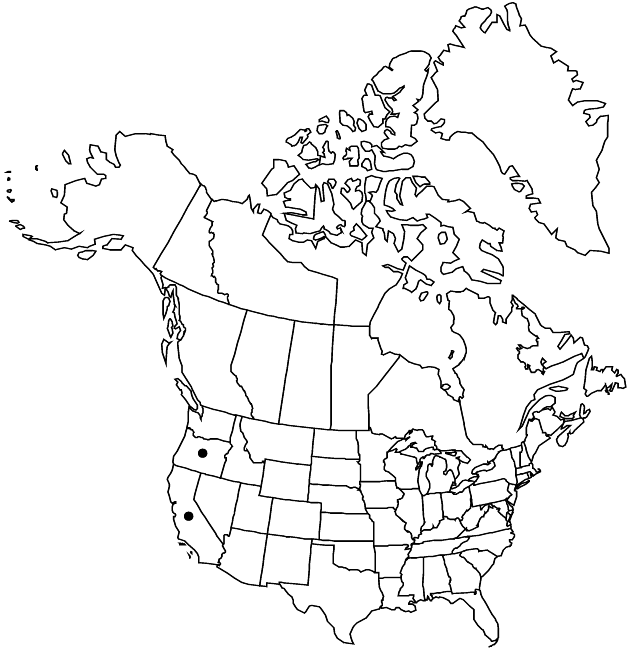Hieracium greenei
Proc. Amer. Acad. Arts 19: 69. 1883.
Plants 10–35(–45+) cm. Stems proximally stellate-pubescent, rarely piloso-hirsute (hairs 1–3+ mm), distally usually densely, sometimes sparsely, stellate-pubescent. Leaves: basal 5–8+, cauline 2–3(–5+); blades spatulate to oblanceolate, 35–80(–150) × 8–15(–25) mm, lengths 2.5–5 times widths, bases ± cuneate, margins usually entire, rarely denticulate, apices rounded to acute, abaxial faces piloso-hirsute (hairs 2–3+ mm) and stellate-pubescent, sometimes stipitate-glandular as well, adaxial piloso-hirsute (hairs 2–3+ mm) and stellate-pubescent. Heads (3–)8–25(–50+) in paniculiform arrays (divaricately branched). Peduncles densely to sparsely stellate-pubescent. Calyculi: bractlets 3–5+. Involucres cylindric, 9–12 mm. Phyllaries 7–8+, apices rounded to obtuse, abaxial faces sparsely to densely stellate-pubescent. Florets 4–10(–15+); corollas yellow, 8–10 mm. Cypselae columnar, 4–5 mm; pappi of 60–80, white or stramineous to rufous bristles in 2+ series, 7–9 mm.
Phenology: Flowering Jul–Sep.
Habitat: Openings in conifer forests, serpentines
Elevation: 900–2400 m
Discussion
Selected References
None.
